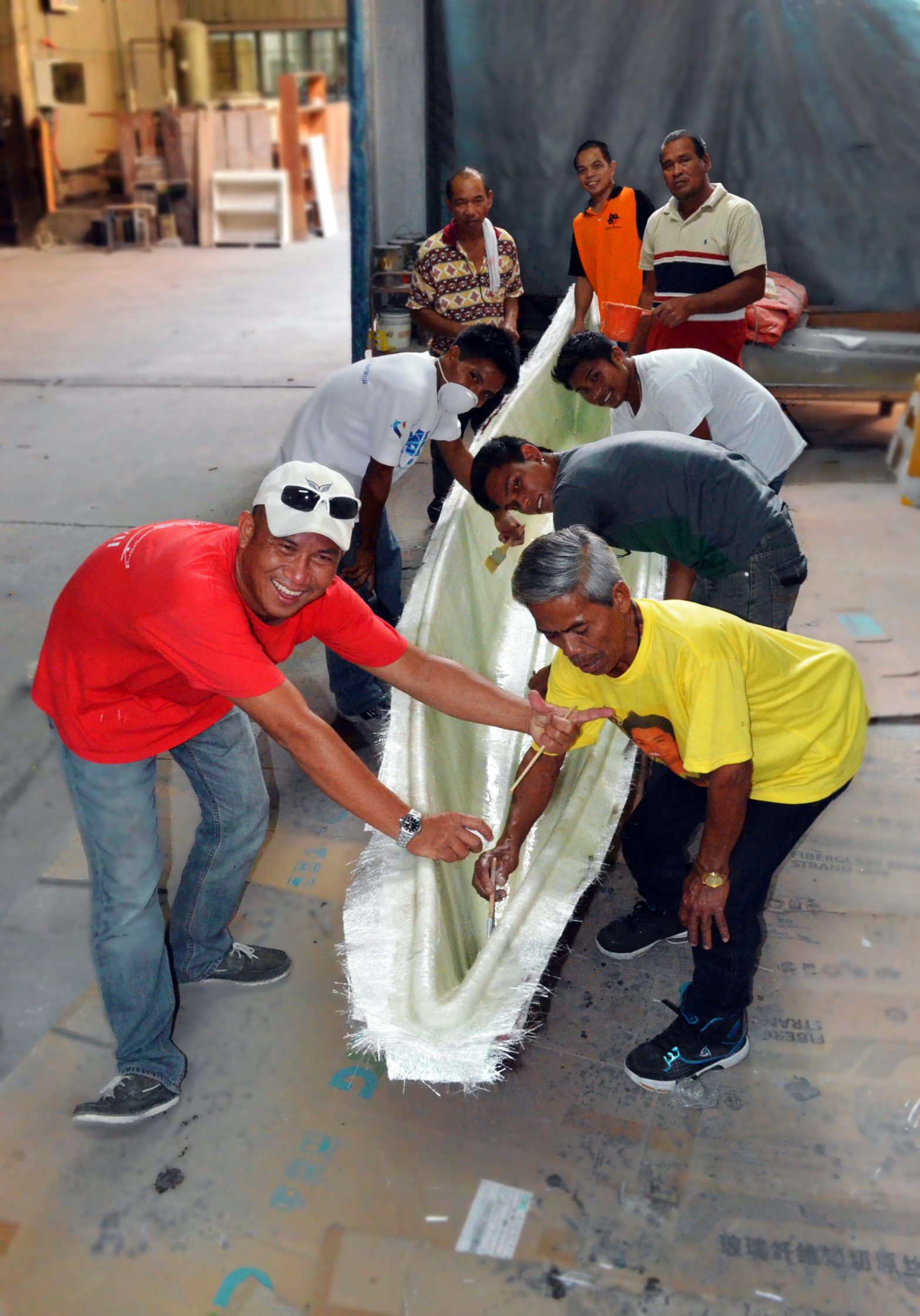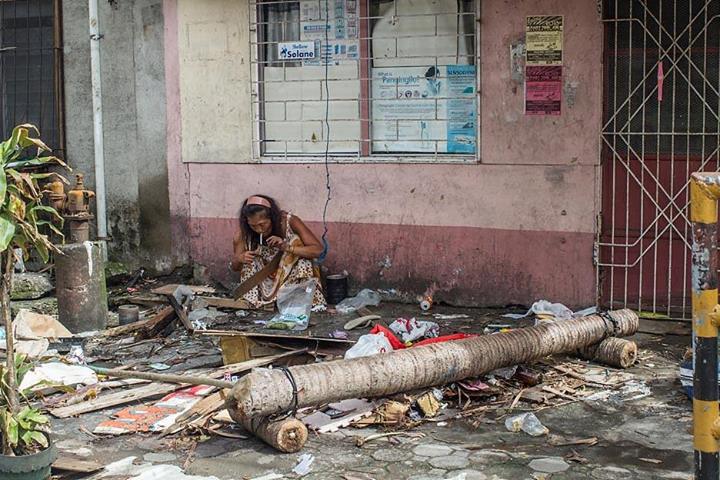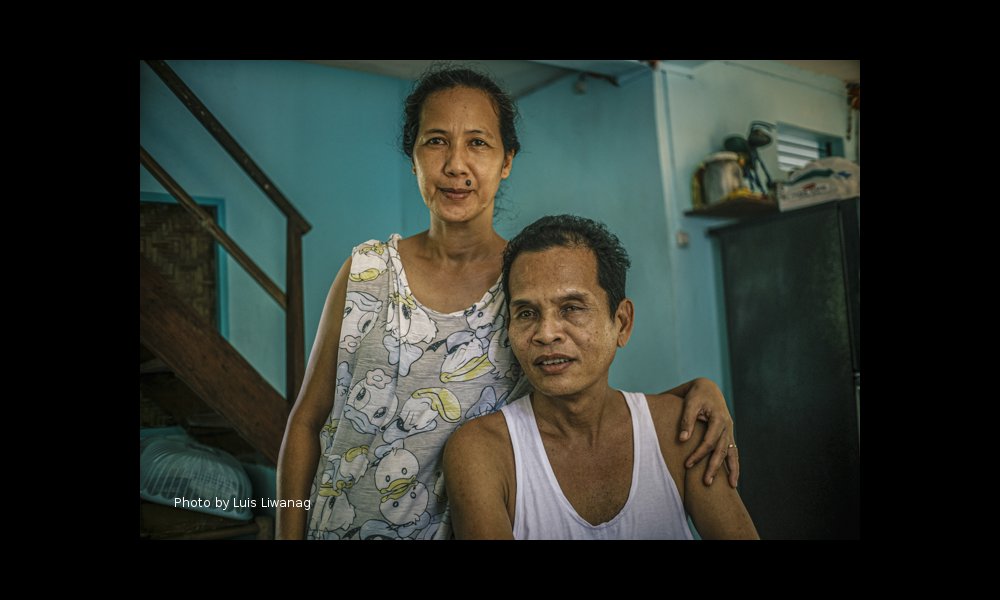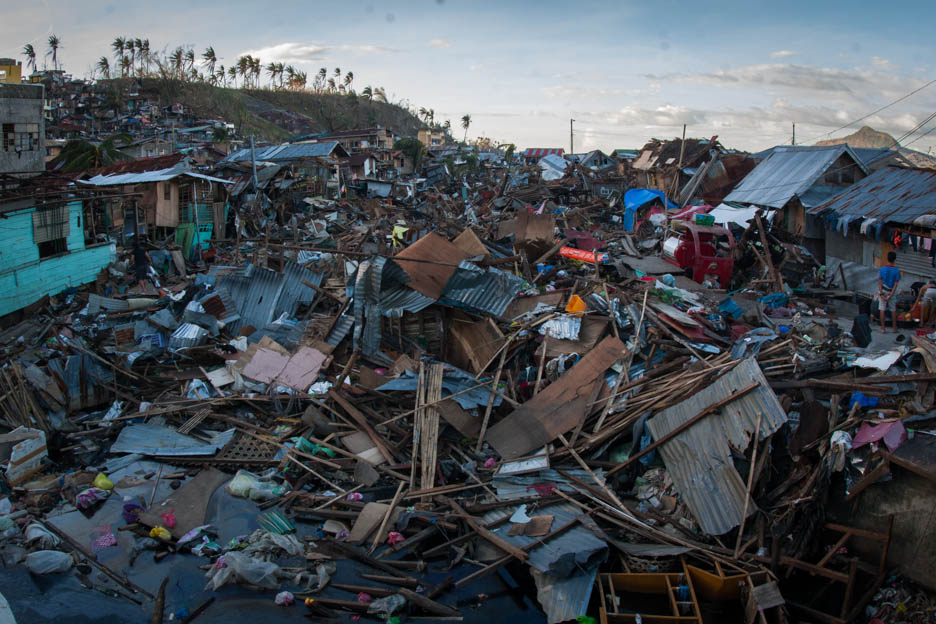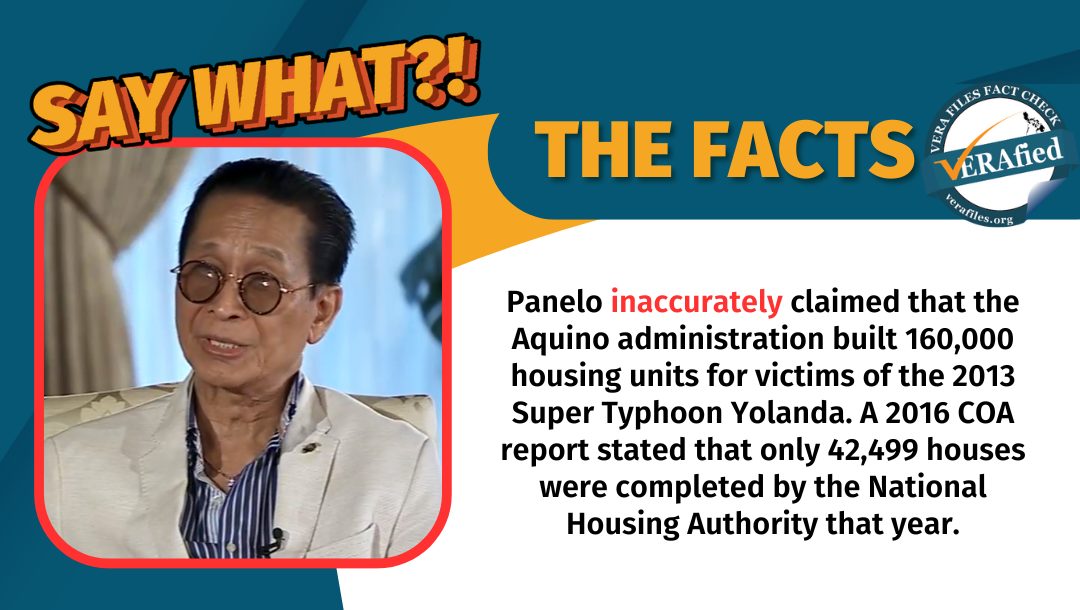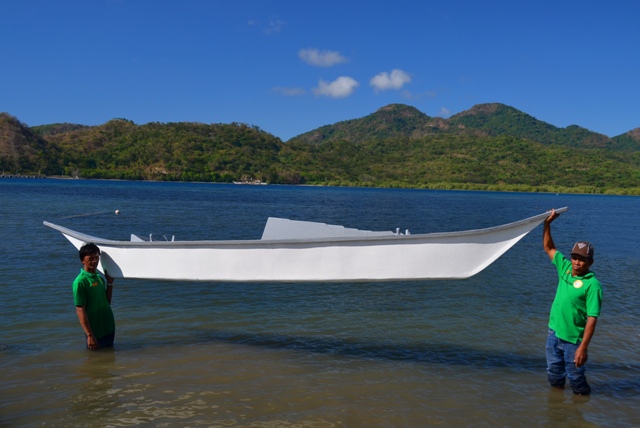
By JANE DASAL
IF you want to save the earth, build a boat.
That’s what a group of environmentalists is saying, especially if you want to save both the forests and fishermen affected by supertyphoon “Yolanda” (Haiyan).
“Haiyan sank about 30,000 bancas. Fishermen in hard-hit communities need to get back in the water and on their feet. But to rebuild all 30,000 boats from wood will rob the Philippines of precious forest cover,” World Wide Fund for Nature Philippines communications manager Gregg Yan said on Tuesday, Earth Day.
The solution: Build fiberglass boats.
WWF has launched Bancas for the Philippines, which aims to help fishing communities in Tacloban and Northern Palawan build 600 boats with fiberglass, a reinforced polyester resin made from strands of glass filaments bundled together to form mats or rovings.
Tacloban and Northern Palawan were some of the areas severely affected by Yolanda, which struck the country on Nov. 8.
Fredel Mued, one of the beneficiaries of Bancas for the Philippines in Busuanga, participated in WWF’s training session in Culion where he learned to build and repair fiberglass boats.
The 34-year-old fisherman, who has relied on fishing as a livelihood since he was young, said using fiberglass as an alternative to wood is timely because of climate change. “If we continually use wood, we will continue to cut trees and this might bring negative effects on the environment,” he said.
The Philippines is said to be losing 157,400 hectares of forest cover each year. The forest cover has dwindled from 30 million hectares to 7.2 million in the past 100 years, research showed.
Yan said fiberglass was a natural choice because it is lighter, cheaper and easier to use than wood.
A fiberglass banca costs around P20,000 while wooden boats are priced from P15,000 to P25,000, depending on the kind of wood used. Despite the small price difference, fiberglass bancas are said to be cheaper because they are expected to last longer than the wooden bancas and are less prone to damage.
Mued has been contracted to produce 27 out of the 53 bancas to be given in Busuanga.
“If you have the materials and a mold, you can make a fiberglass boat within a day. A wooden banca usually takes up to two weeks to be finished because you still have to cut wood and refine the materials,” he said.
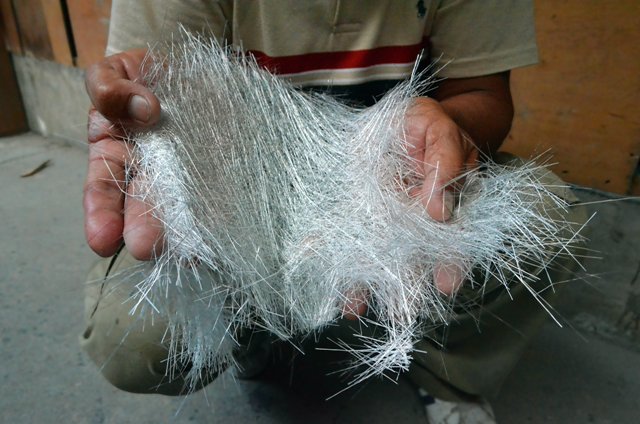
Fiberglass boats can last up to 20 years unlike wooden boats which are considered old because the wood gets degraded from the constant battering of waves at sea, said Mued, who has experience in using fiberglass while working in a yacht club in Batangas years ago.
The use of fiberglass in boatbuilding is not new in the Philippines. Yan said it is “a technology usually used by the rich” as it is often used as a material to make yachts and kayaks. But it has never been widely used for fishing boats in communities.
Under WWF’s project, at least 30 men from Tacloban and Northern Palawan were selected to undergo a week-long training session on fiberglass boat building technology.
The trainees like Mued were contracted to build the bancas which will be given to beneficiaries in various communities. Each will be provided a hull mold and prepacked kits containing materials to construct the boats. Pre-packed kits for each banca cost $400.
The first 300 kits were distributed to the Northern Palawan trainees. The training session and distribution of the last 300 kits are scheduled for Tacloban in June. The 600 boats are expected to be completed by July.
“This is not a dole-out. This is about sweat equity because the beneficiaries will build their own boats. This gives them not just a sense of ownership but pride and dignity,” Yan said.
Other initiatives such as the Peter Project of the Negrense Volunteers for Change and the Boats for Busuanga help the fishermen by providing them with motorized fiberglass boats.
The difference with WWF’s initiative is that the boats made under its program will not be fitted with engines.
“If the boats do not have motor engines, the fishermen will only catch whatever they can to sustain themselves. This encourages small-scale or artisanal fishing,” Yan said.
Artisanal fishing prevents overfished conditions in the sea because it lessens the fishing pressure in the coastal areas.
“Bancas for the Philippines…covers food security, climate adaptation, climate mitigation, empowerment and the overdue evolution of a Philippine icon, the banca. Sparing our mountains from deforestation prevents flooding. Healthy forests, in turn, absorb loads of carbon dioxide to mitigate climate change,” Yan said. “And of course, having new boats gives fisherfolk more than the ability to feed themselves. It’s a new lease on life.”
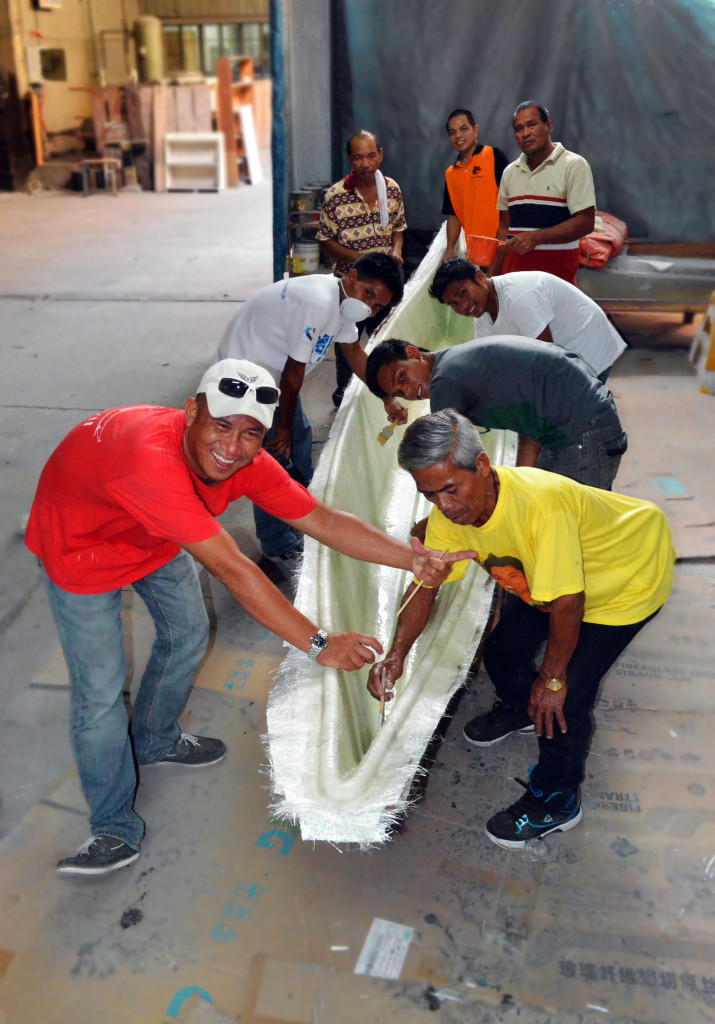
(The author is a University of the Philippines student writing for VERA Files as part of her internship.)
